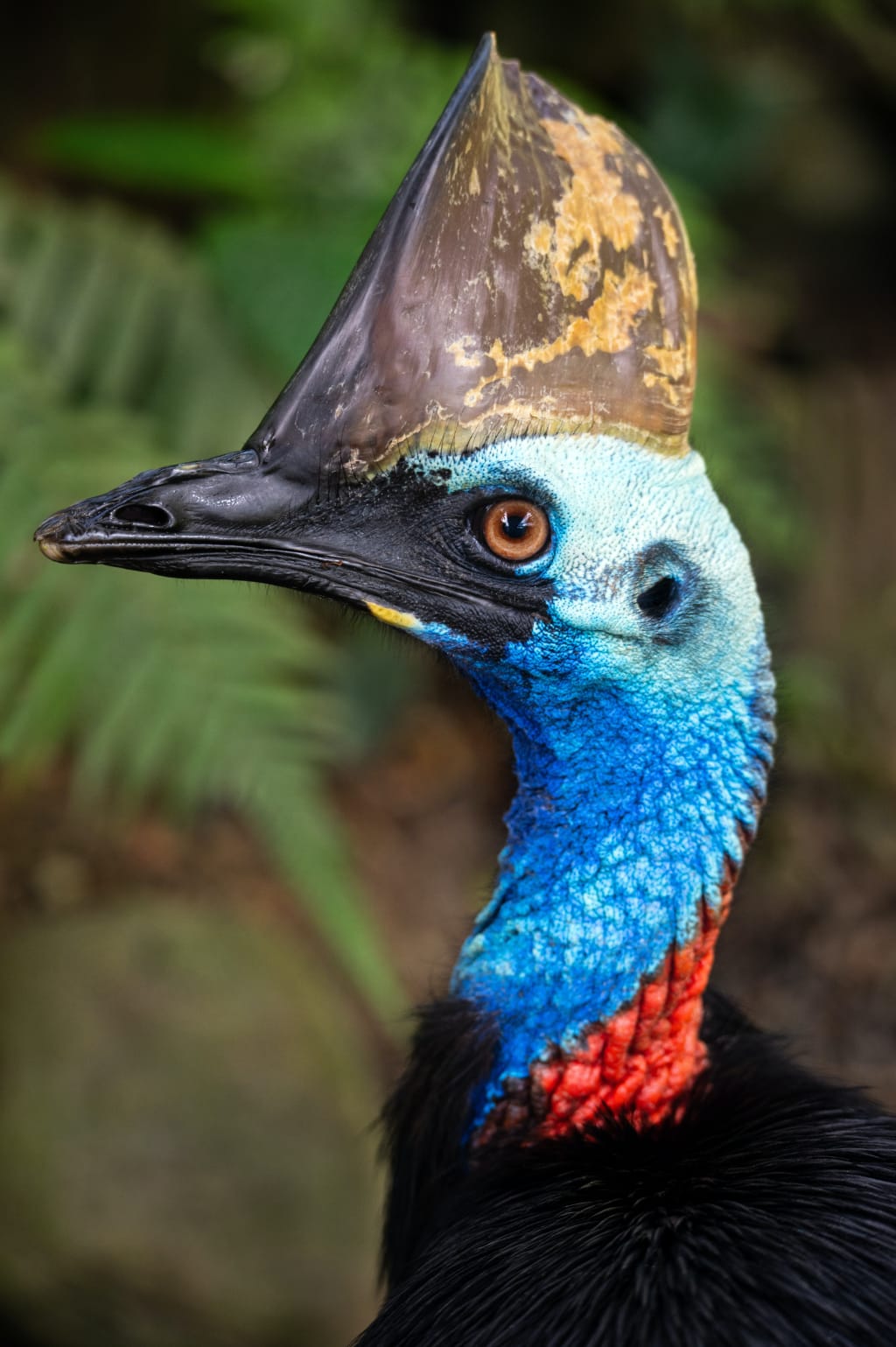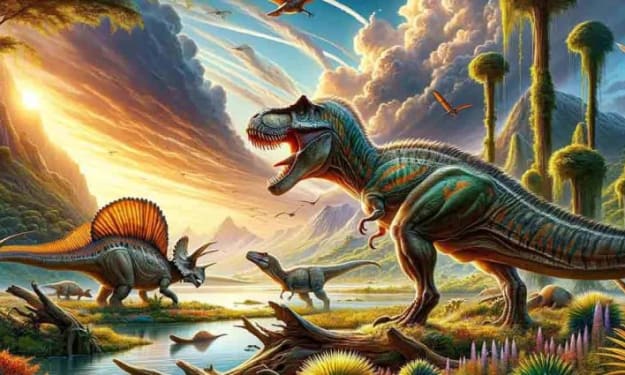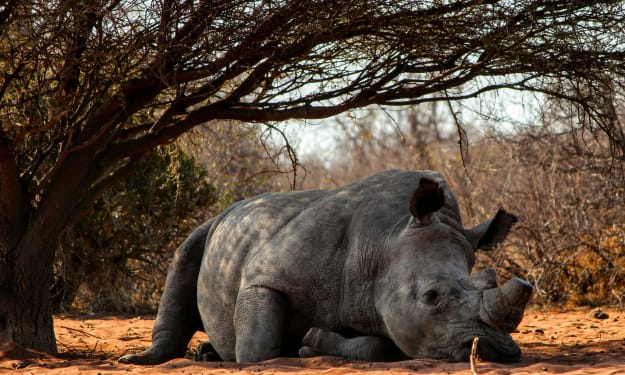Unravelling the Ancient Bond: Humans and the Cassowary
Humans' Everlasting Bond with the Mighty Cassowary: Forging a Feathered Friendship

Birds can be intimidating, and some, such as the cassowary, have a bad reputation. This frightening bird reaches 4 to 5.6 feet tall and has powerful legs with three dagger-like toes. With a top speed of 31 mph and a vertical leap of nearly 7 feet, it's simple to understand why the cassowary is at the top of the "terrifying birds" list.
The habitat of the cassowary encompasses several Pacific islands, with three contemporary species found on New Guinea. These birds, which provide meat, feathers, and bones, have long been vital resources for indigenous populations. A recent study published in the Proceedings of the National Academy of Sciences, on the other hand, throws light on an intriguing facet of the human-cassowary relationship: the systematic collection of cassowary eggs by ancient tribes in New Guinea.
An anthropology team from the United States, Australia, and New Zealand used ancient eggshell fragments discovered in rock shelters as well as a combination of 3D imaging, modelling, and morphological descriptions to determine that humans in New Guinea may have begun this practise as early as 18, 000 years ago.
According to lead author Kristina Douglass, an archaeologist at Pennsylvania State University, the eggs were carefully selected during the later stages of cassowary chick development. This purposeful pattern indicates that collectors either swallowed the egg contents directly, as seen by frying burns on the shells, or sought to hatch and rear the chicks themselves. Given the challenges of capturing adult cassowaries, raising the chicks in captivity, where they imprint on the first being they see as their parent, seemed a safer and easier option.
This discovery is made all the more amazing when you consider that a pre-agricultural society had developed such a sophisticated system for gathering and raising these chicks in a systematic manner. Douglass dispels the misconception that advancements in civilization and knowledge only occurred with the introduction of agriculture or industrialization by demonstrating the tremendous knowledge that hunter-gatherer and foraging groups maintained. These sentiments, in Douglass' opinion, can be judgmental and disregard the close familiarity with the land that individuals who depend on it have.
However, it is vital to note that this behaviour does not entail domestication. Domestication includes human intervention in order for a species to survive, and in this situation, the egg-harvesting mechanism was just a sort of management. It's likely that the islanders kept cassowaries for personal reasons, selectively raising some chicks while releasing others into the wild. This method ensured a long-term collaboration between humans and these ferocious birds while avoiding human reliance.
Douglass and her colleagues plan to expand their research to include eggshells from various locations of New Guinea in the future. The island's different natural settings may exhibit varying patterns in cassowary development depending on the location.
One thing is certain: the cassowary's cultural value has persisted for millennia, despite the analysed eggshells' attribution to specific tribes being dubious today due to the island's movements over the past 18,000 years. This research gives light on a long-standing interaction between humans and this gorgeous creature, even though its reputation as the "world's most dangerous bird" is not without foundation.
10 interesting facts about the cassowary:
1. The cassowary is a sizable flightless bird that inhabits the tropical rainforests of north-eastern Australia and New Guinea.
2. Adult males of this species can reach heights of up to 6 feet (1.8 metres) and weights of over 130 pounds (60 kilogrammes), making it one of the largest and tallest birds in the world.
3. Cassowaries stand apart from other animals thanks to the casque on top of their heads. The casque is a prominent bony crest that may be used for visual display during courting, auditory amplification, or head protection.
4. These birds have strong legs with razor-sharp claws that they utilise for foraging and defence. In fact, cassowaries have the most damaging legs of any bird, and they are capable of kicking opponents in the face with potentially fatal results.
5. A variety of fruits, seeds, creatures such as insects, tiny animals, and even carrion are consumed by cassowaries. Their nutrition helps them disperse seeds across their habitat.
6. Female cassowaries are larger and have more vibrant colours than their male counterparts. Because they are the dominant sex, they frequently begin a courting.
7. Cassowaries are well known for their unusual mating rituals. After mating, the female lays large, green eggs, leaving the male in charge of raising them. The male raises the chicks by himself for up to nine months, from the time the eggs are laid until they are old enough to leave the nest.
8. Because of their outstanding eyesight and hearing, these birds can navigate their deep forest surroundings and detect potential predators or prey from a distance.
9. Cassowaries typically live by themselves in colonies. By using vocal displays, booming calls, and scent marking by rubbing their casque on trees, they demarcate their territories.
10. The cassowary is an unfortunate vulnerable species because to habitat degradation, hunting, and automobile accidents. Conservation efforts are made to protect and preserve their decreasing populations.
Remember that these 10ten facts only scratch the surface of all there is to know about the intriguing world of the cassowary!
TO LEARN MORE:
About the Creator
Matthew
I am an independent researcher with a brilliant mind and insatiable curiosity. I have handled endless challenges and am always on the forefront of my seat expecting the latest tales and advances in science to share with my readers.
Enjoyed the story? Support the Creator.
Subscribe for free to receive all their stories in your feed. You could also pledge your support or give them a one-off tip, letting them know you appreciate their work.






Comments
There are no comments for this story
Be the first to respond and start the conversation.